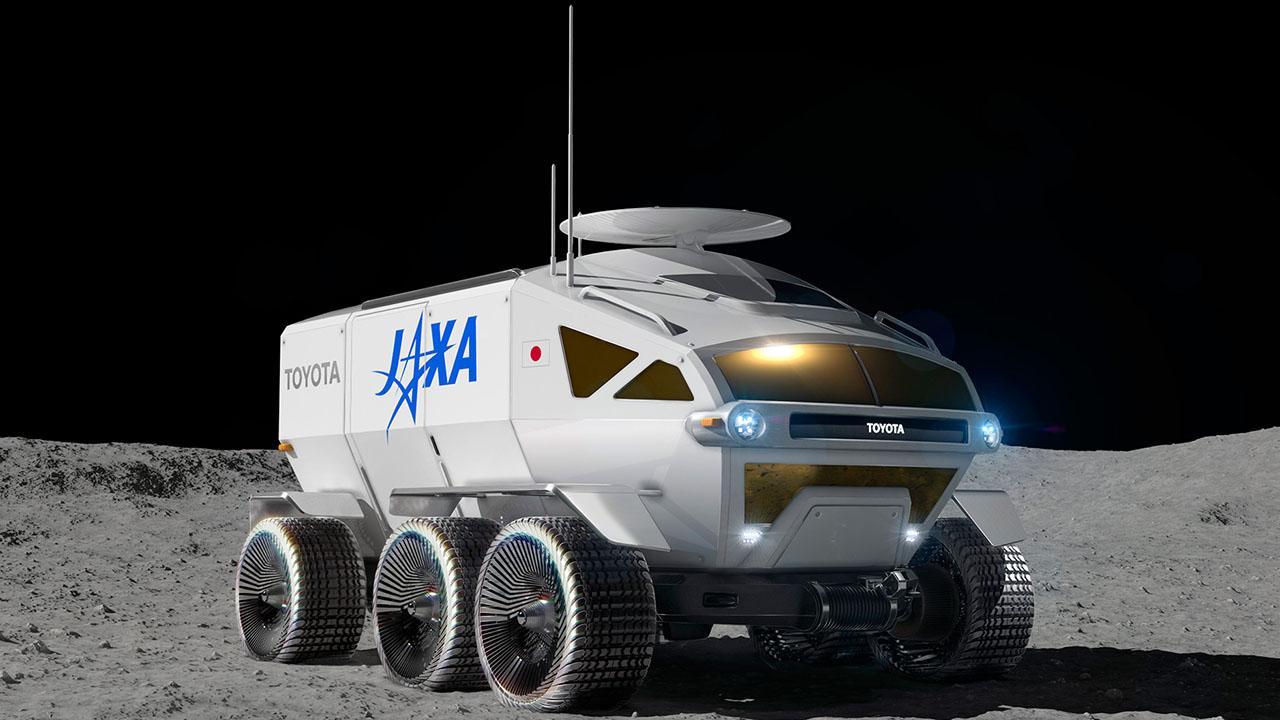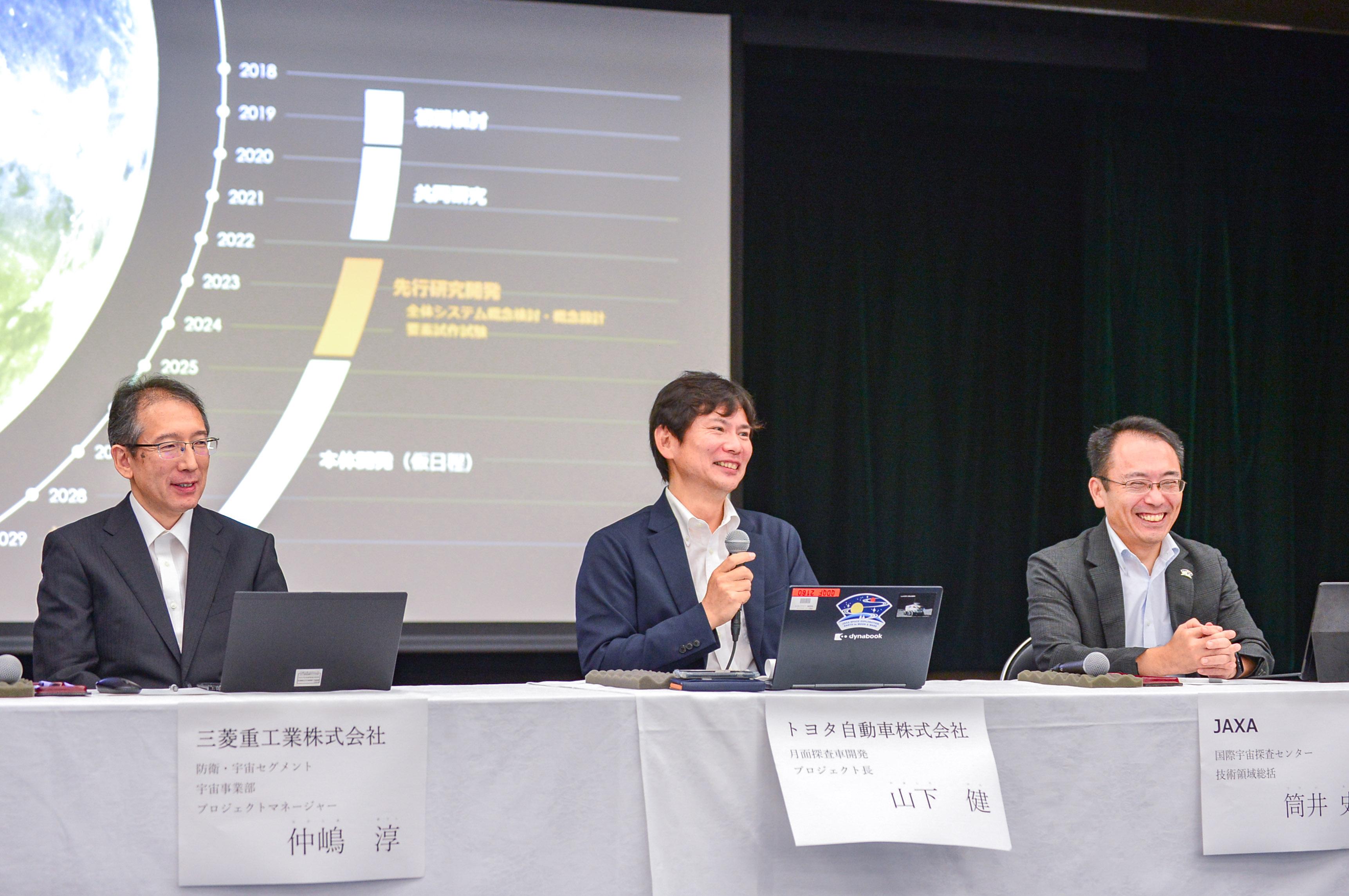
Toyota is researching and developing the LUNAR CRUISER, a crewed pressurized rover to provide mobility on the moon's surface, which JAXA hopes to launch in 2029. At a recent press briefing, the team provided updates on development.
When the auto and space industries come together
That brings us to automated off-road driving. As Yamashita explained, this technology will be crucial for exploring the moon’s uncharted, roadless terrain.
Yamashita
Without access to the GPS we have on Earth, the LUNAR CRUISER will have to locate itself in previously unexplored places and chart safe routes by identifying obstacles and surface gradients in the surrounding environment. Technically, this is an extremely difficult task.
For example, in terms of the navigation technologies for estimating the rover’s position, we are tackling the challenge by developing new technologies, including radio navigation using radio signals, a star tracker to estimate attitude angle from star positions, and inertial navigation, which can estimate speed and distance traveled from three-dimensional acceleration.
The team is currently using a modified RAV4 to develop and evaluate the automated driving functions on a lunar mockup test course.
Yamashita
We believe that these automated driving technologies for the lunar surface can also contribute to safe off-road driving on Earth, as well as remote, automated checking of conditions during disasters and goods transportation in dangerous areas.
Finally, we have UX. During a lunar exploration mission, the team envisions two astronauts spending a month in close quarters aboard the rover.
In such a mission, the vehicle would need to travel off-road over the moon’s desolate, monochromatic surface for up to eight hours a day, six days in a row.
Such conditions would exert tremendous mental strain on the crew, negatively affecting work efficiency and motivation. The difficulty of visually distinguishing the travel path also creates a high risk of operating and judgment errors.
Yamashita
Even in this environment, we want to provide the crew with the most comfortable living space and control features possible in the hope of reducing mental strain and the risk of operating errors.
To give you an idea of our development progress over the past few years, we have built a full-scale cabin mockup and are conducting various studies that emulate the real living space alongside driving simulator testing.
If people are to be placed in the extreme situation of living in confined spaces far from Earth, Yamashita’s team wants to provide them with safe, comfortable transport and a healthy lifestyle that balances public and private needs.
Through this research, he hopes to support today’s diversifying vehicle trends, including automated driving and personal mobility, by contributing to human-centric mobility design.
Yamashita

Although I’ve explained the project’s core technologies, there are various other elements to the LUNAR CRUISER’s development.
These include heat dissipation in the airless lunar environment, the pressurized vehicle’s structure, and communication with Earth, to give just a few examples.
Moreover, integrating all these elements into a single lunar rover is a key part of the development. These challenges certainly cannot be overcome by Toyota alone.
Working with our various partners, we want to integrate technologies from the automotive and space industries as we aim for launch in 2029.
One of Toyota’s philosophies is that “roads build people, and people build cars.”
The challenge of bringing mobility to the moon means facing the ultimate in demanding conditions.
These efforts are sure to bear fruit in Toyota’s carmaking, as the company seeks to transform itself into a mobility company under President Koji Sato’s call to “change the future of cars.”

